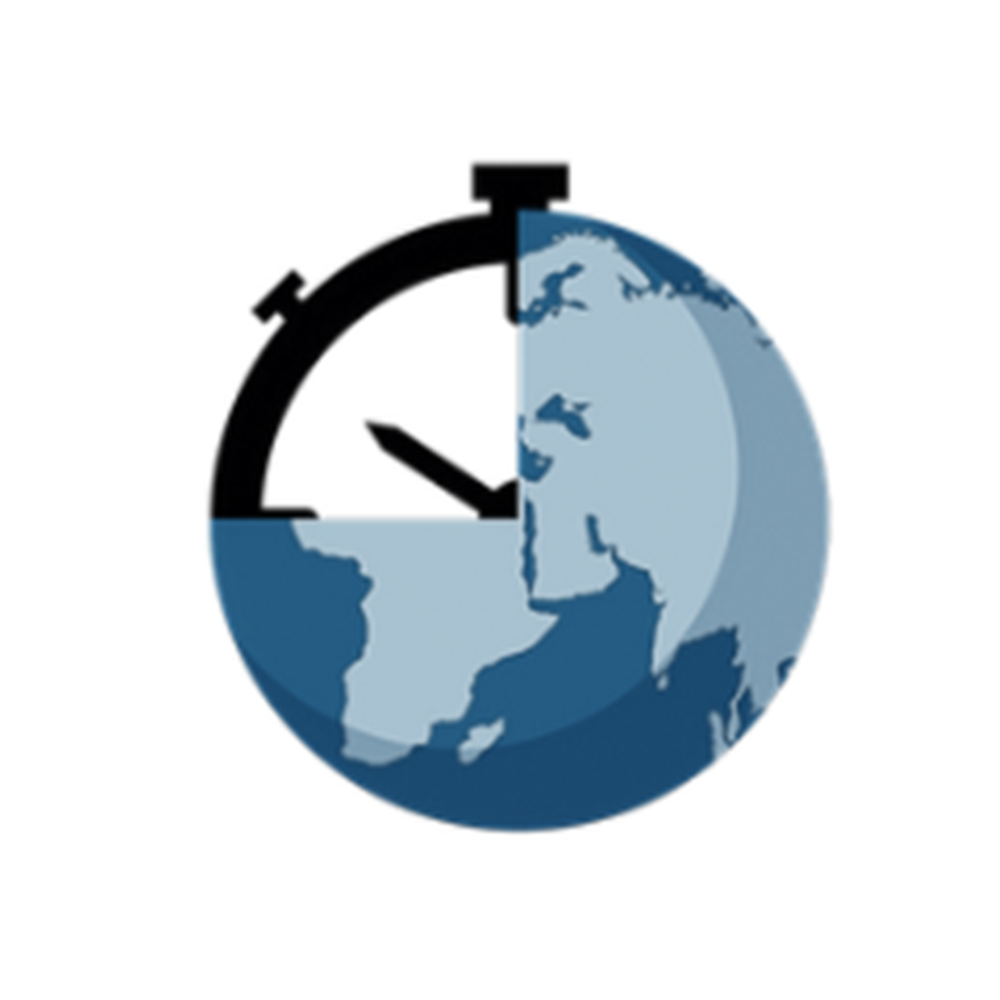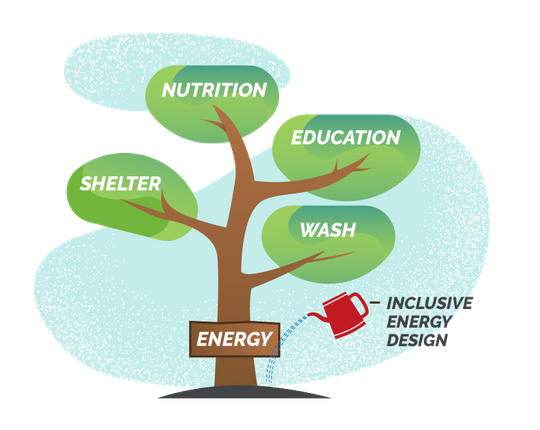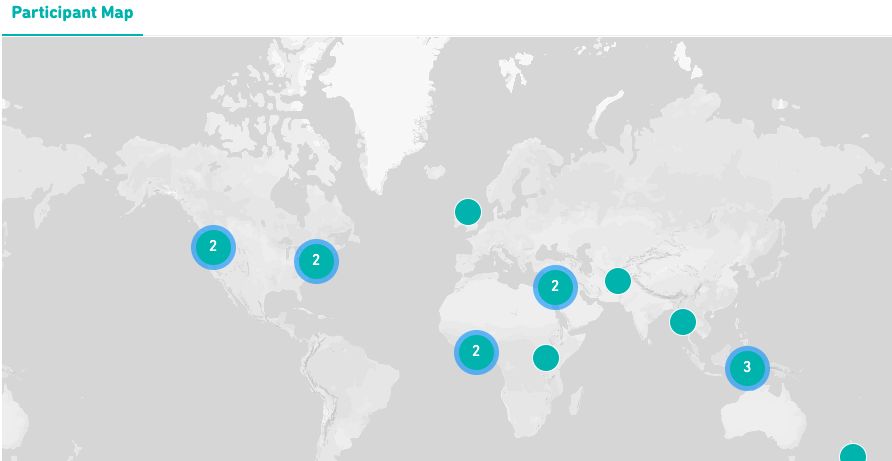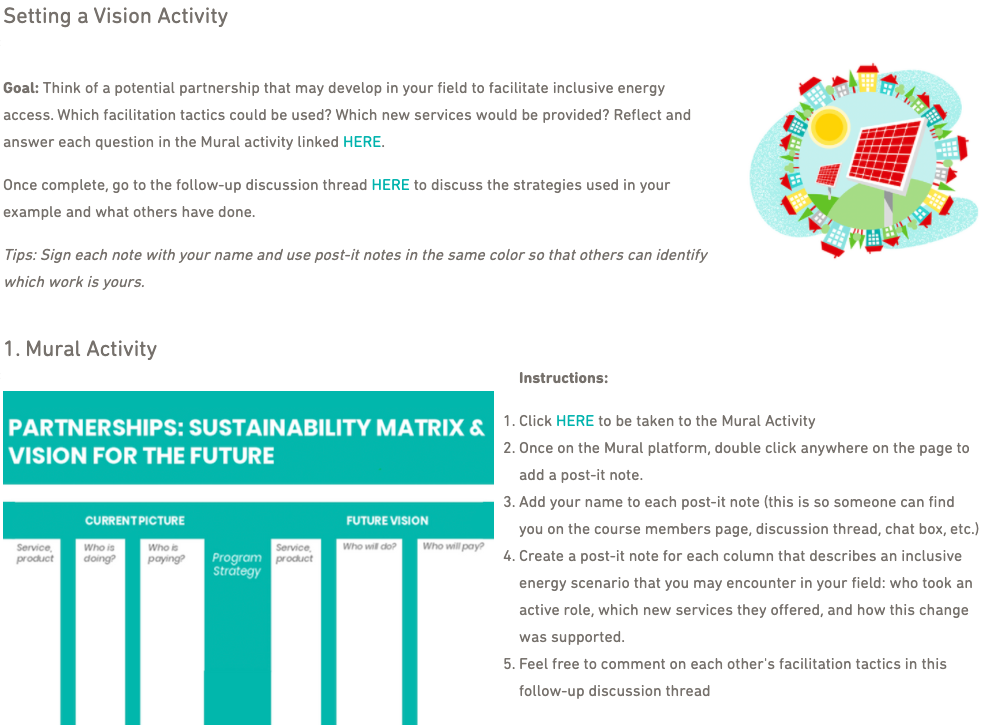Illustration by Kylie Cropper/@kylieprintmaking
I am writing to implore friends, family, and my broader network to adopt an intersectional way of thinking. Now – not later, not tomorrow, but RIGHT NOW. If this feels urgent — even aggressive, that’s because it is. This is your call to action.
Defining and educating others on intersectionality has been the life’s work of Black women like Kimberlé Crenshaw, Angela Davis, Audre Lorde, and many more. I am by no means an expert, yet I implore you to explore the work of these pioneers (please view resources at the end). I am simply a human, demanding that you take concrete steps to build an equitable world, both in-person and online. This can only be done collectively and with an understanding of intersectionality. Coined by Professor Crenshaw, the term intersectionality is the interconnected nature of social categorizations — race, class, and gender, creating overlapping and interdependent systems of discrimination or disadvantage.
Before quarantine, I was out almost every day and night, in and around Washington, DC. As a young twenty-something, I spent my free time not-so-critically reviewing the local brunch spots and coffee shops. When I felt particularly motivated, I’d examine a new exhibit at the Renwick Gallery or hike a different variation of a trail at Great Falls Park. Suddenly, when the COVID-19 pandemic hit the United States in mid-March, I found myself, like much of the world, inside my apartment, sometimes for 48/72/96 hours consecutively, only leaving for groceries. Meanwhile, I continued my work as an educator in the online space and attempted to adapt to the new world order.
As time went on, some of my friends lost their jobs, and others got severely sick. I don’t know if it is fair to say that I was spending more time online than pre-Coronavirus, but I was engaging with the online world in a specifically different way. I reconnected with people whose thoughts and feelings I had previously either ignored or simply did not prioritize. This realization led me to my first lesson on intersectionality.
1. Accessibility is a requirement, not a favor
I began to pay more attention to Katarina, my childhood friend that I had not talked to in years. As I spent more time inside and online, my attention to her posts increased. Among other illnesses, Katarina has Myalgic Encephalomyelitis, also called Chronic Fatigue Syndrome (CFS). She went from being an active honors student at her university to being completely bedridden and sick full-time (You can check out her blog here). Ironically, my temporary “immobility,” caused by COVID-19, opened my eyes to my privilege as a healthy and able-bodied individual.
Lack of visibility is often our excuse as to why inequalities still exist: you cannot solve a problem that you cannot see. However, this no longer can be an excuse. I have too many resources for this to be an excuse. It is now my responsibility to seek out and distribute information on other people’s experiences. Whether done passively or out of ignorance, we are complicit in perpetuating inequalities. For a long time, I did not see Katarina, but my visibility of her life has nothing to do with her inherent existence. She is here. She always was here. Through my inaction and my unknowing, I made an inherent assumption that I was the norm unto which all things are measured and that my needs are most important. By continuing to view the world solely through my own eyes and not attempting to understand it beyond that, I value myself, and people like me, more than others. This assumption leads to the devaluing of people with disabilities. This was a hard pill for me to swallow. Is it really fair to say that I devalue people with disabilities simply by not being aware of the struggles they face?
Yes. Simply, inaction itself is an action. So, by assuming you are the norm, you allow for a world where people with disabilities do not deserve the same quality of life that you do. You perpetuate inequalities, whether you are aware that you do or not. By assuming you are the norm, you allow for a world where people different from you (race, ethnicity, age, sexuality, gender, class, etc.) do not deserve the same quality of life. Therefore, it is the bare minimum to attempt to incorporate intersectionality into your way of thinking.
How does all this relate to the tech community and my work as an online educator? I realized that accessibility is inherent in my work and in my life. For example, I cannot claim to be a teacher who believes in equity for all my students and not have my work comply with the American with Disabilities Act Standards. My content needs to be screen-reader friendly, my videos need subtitles and translations, and so on. My mindset needed to shift from viewing accessibility as an “extra step” in my project development to in-grained in the building process. In tech terms, if it’s not accessible then it isn’t an MVP (Minimal Viable Product). Period.
Speaking of MVP, it is important to understand my next point. When building your projects…
2. Intersectionality is not a checklist, it’s a necessary mindset
There is no “one-size-fits-all” approach to incorporating intersectionality into your life and work. The concept of intersectionality has often been critiqued for being unfocused and nebulous. That’s the point. The focus is that every factor, every cross-section, is as important as another. However, the critique does validly highlight the true challenge of taking concrete actions. How do you truly integrate intersectionality?
I recently had an opportunity to facilitate and create TechChange’s Gender Data 101. As a biracial, bisexual, Asian-American non-neurotypical cis-gendered woman, I thought I knew what intersectionality was. My identity cross-cuts many aspects of our world’s complicated inter-woven fabric. However, that is not enough. My understanding of intersectionality was superficial. When synthesizing content for the course, I thought about the importance of adding BIPOC voices, sources, and examples. I applauded myself for “accommodating” for different time zones and actively engaging with international students. I treated them as if they were checkboxes in a list. This is highly problematic. Intersectionality is not an afterthought or an “additional layer.” Intersectionality is a mindset that begins at the project inception.
First of all, I made an assumption that because I was incorporating prominent voices in the gender space, that I had to look for gender experts. While of course, this is undeniably true, given the course is about gender, this is still an extremely limited approach. Gender does not live in a vacuum. Being a gender expert cannot be the only criterion to speak about gender. I needed to understand the complex interactions gender has with race, ethnicity, ability, sexuality, and class.
Also, what does “international students” even mean? Why am I assuming that by living in the United States that my timezone was the norm? It is those assumptions I need to unlearn. This is why I’ve committed myself to rebuild Gender Data 101 from the ground up with an intersectional lens with the desire to relaunch in Fall 2020. This course will be free and accessible to the public.
We are living in a critical time, but when haven’t we? What an utter privilege it is for me to get to realize these points while this is the reality, day after day, of those without my privilege. I have been having conversations with my dear friends that are unsure of their next steps. My friend J, a non-binary artist, recently expressed uncertainty with promoting their own art on social media in fear it would detract from the rightful focus on BIPOC artists. This brings me to my last point.
3. You DO NOT need to silence your voice. You DO need to amplify other voices.
The point of intersectionality is not to play a game of “oppression Olympics.” Audre Lorde famously stated that there is no hierarchy of oppression. There is no ranking system of what is most important in intersectionality. Intersectionality is about justice. We need to amplify voices that have been marginalized by society. We need to build up and protect the space that has been systemically disrespected and denied over and over again. This involves re-educating myself on what my space is. Building up and protecting the spaces of the most marginalized primarily requires an understanding of their space’s existence, inherent need to exist, and its need to be continually nurtured. This is why we say BLACK LIVES MATTER. It is a collective commitment to the awareness of perspectives that are not our own. Therefore, there is no need to silence yourself: instead, you need to ensure others are heard. Therefore, rethink how you communicate! Reinvent how to use your platform to share ideas! These are imperative steps to incorporating intersectionality in your daily life.
Simply, this is not about me. This is not about you. This is not even about us.
This is about everyone.
Resources and Citations
About the Artist
Kylie Cropper/@kylieprintmaking
Kylie uses her artwork to provoke the minds of the viewer in the challenging topics of race. From the viewpoint of a Black woman, she chooses to express my frustrations and grief while exposing the beauty in blackness. Steadily, with her artwork, she hopes to erupt a conversation as well as raise the cognizance of the reality of the African American experience.
This piece in particular was formative for her idealisms concerning the urgency of being intersectional, especially right now.





